Update: CTN continues to monitor the wind-down of the Affordable Connectivity Program (ACP), but, unfortunately, we are not able to support individuals with the transition. Please visit FCC.gov or contact your internet carrier for more information.
The Affordable Connectivity Program, or ACP, is a program funded by the federal government that offers low-income households discounts on their monthly internet bills. You can receive up to $30 off your monthly bill, or $75 if you live on a tribal land. You can read fast facts about the program here. In this article, we will look at how to apply for affordable connectivity program (acp program).
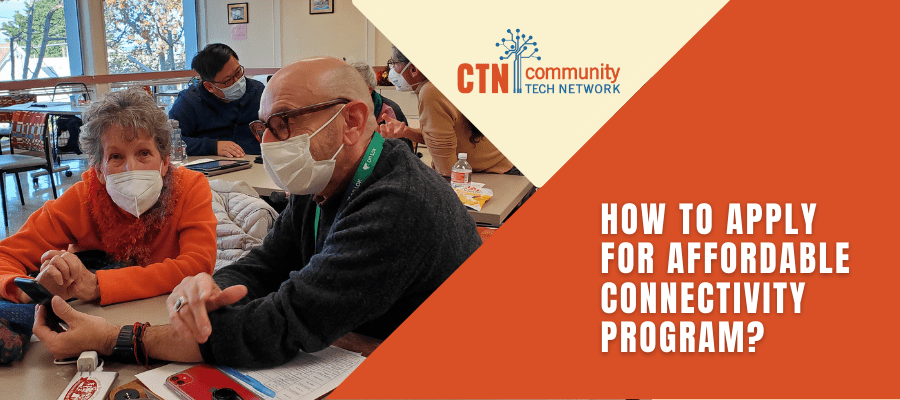
Steps on how to apply for affordable connectivity program(ACP)
1. Figure out if you’re eligible.
If anyone in your household receives government assistance, such as SNAP (previously known as food stamps), WIC, or Medicaid, or other benefits, you likely qualify for the ACP. The same is true if someone in your household receives free or reduced breakfast or lunch at school or has received a Pell grant to cover some of the costs of college this semester.
-
How do you qualify for the affordable connectivity program?
Don’t meet any of that criteria? No worries. You can also prove that your household is eligible by showing copies of your tax returns or pay stubs. Eligibility based on income varies by state and the number of people in your household. For example, a household of three people in Texas must earn less than $46,060 annually in order to receive the ACP benefit, while a household in Hawaii with only one person must earn less than $31,260. Click here to determine the income limit for your household.
Alternatively, you can use this pre-enrollment wizard to answer a few questions and figure out if you qualify within a matter of minutes.
2. Gather the documents that you’ll need.
In order to apply for the ACP program, you’ll need to send over several documents. This can be done either virtually (by scanning the documents), or via snail mail. If you send your documents through the mail, make sure to NEVER send the original versions — you should keep these for your records! Send copies or pictures instead. Also, make sure that none of your documentation is expired.
Here are the documents that you’ll need:
-
Proof of your identity:
Examples include a driver’s license, birth certificate, passport, social security card, tax documents (W-2 form, ITIN document, or last year’s tax return), or a military, government, or tribal ID
-
Proof that you are still alive:
To prevent fraud, you must also show some kind of life activity from the past three months. This could be a recent utility bill, pay stub, or even a statement of benefits from your retirement or unemployment plan.
-
Proof of your physical address:
You’ll need to show something with your name and address listed on it. If your documentation to prove your identity or existence already includes your address on it, you’re all good — you don’t need to send anything else.*
-
Proof of your birth date:
At least one of the official documents must clearly show your name and date of birth. Again, if you’re already sending over some form of ID that includes your birthday, you are covered. If not, you can send pictures of things like a resident card, green card, or certificate of U.S. citizenship/naturalization to prove your birthday.
-
The ACP Household Worksheet:
This is like the application form. It’s fairly short and straightforward — only three pages. Only one must be completed per household. The worksheet can be found here (PDF).
-
Proof of eligibility:
Last but not least, one of the most important components: proof of eligibility. Remember when we talked about the eligibility criteria above? Now you must prove your eligibility through documentation. This can be:
-
- An official letter or document proving that you have received one of the government benefits mentioned above (like SNAP or the Pell grant) OR
- Three consecutive pay stubs from this year or a recent tax return to demonstrate your income
Does this sound overwhelming and like a lot of documentation? Don’t stress too much — as mentioned, a lot of the documentation you may have can serve multiple purposes. For example, if you have a copy of your driver’s license, this proves your identity, as well as your birth date and physical address. If you’re sending in pay stubs, that also serves multiple purposes of proving that you’re still alive AND that you are eligible for the program.
In other words, while there are six categories of documentation listed above, you don’t necessarily need to send six separate documents.
What’s Next
Once you are approved for the ACP, you have to apply the benefit to your internet service. Stay tuned for our upcoming post explaining how to do so.
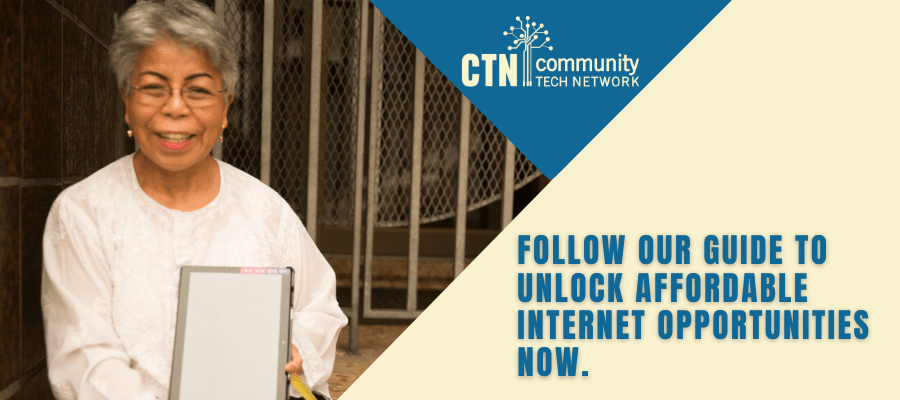
*Note: If you live on tribal land, you must provide the map coordinates.
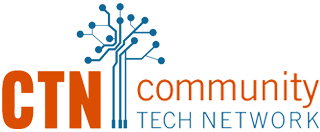
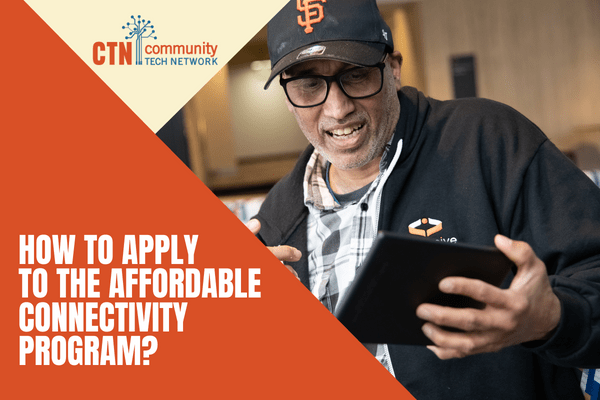
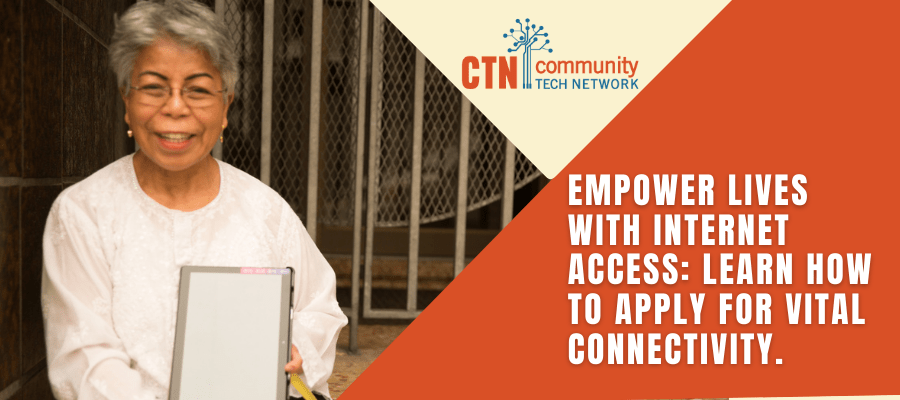
Comments are closed.